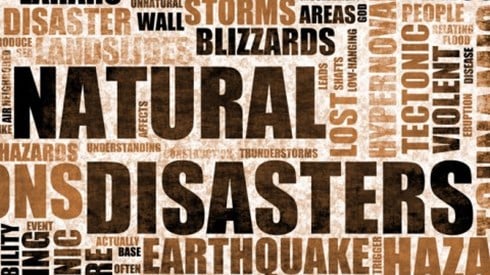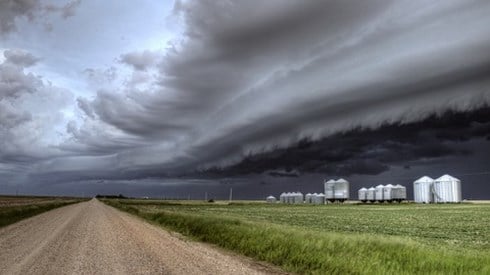Report Cites Importance of Insurance in Natural Disaster Recovery

September 18, 2020

The average annual losses from natural catastrophes have increased dramatically in recent years, but the increased amounts of insurance penetration can have a dramatic impact on recovery time.
The report, Optimizing Disaster Recovery: The Role of Insurance Capital in Improving Economic Resilience, produced by AXA XL in collaboration with the Centre for Risk Studies at the Cambridge Judge Business School at the University of Cambridge, noted that average annual catastrophe losses rose from $27 billion in 1970–1980 to nearly $200 billion in 2010–2020.
The increased losses were driven by global economic development and the increasing value of assets in hazardous areas, particularly in fast-growing regions such as Southeast Asia, the report said.
But each percentage point increase in insurance penetration (nonlife premiums divided by a country's gross domestic product) reduces recovery times from a disaster by almost 12 months, the report found.
Events in countries with high insurance penetration, such as Western Europe, Japan, Australia, and South Korea, have an average recovery rate of fewer than 12 months, while events in countries with very low insurance penetration, such as Bangladesh, Haiti, Nepal, and the Philippines, have a recovery rate of more than 4 years, the report said.
The report notes that the United States represents an anomaly. While the country enjoys very high insurance penetration, the fragmented nature of coverage, particularly flood, disaster response, and the scale of loss, has resulted in a recovery rate average of just over 3 years for events like Hurricane Andrew, the Great Mississippi and Missouri Floods, the Northridge Earthquake, Hurricane Katrina, and Superstorm Sandy.
Ultimately, the quality of recovery for very high and high insurance penetration countries is better than pre-loss levels, the report found, while the opposite is true for countries with lower insurance penetration "although the differences are quite small," the report said.
"This report shows pre-disaster financing (predominantly (re)insurance) with the ability to channel significant funds instantly and without recourse as the single biggest solution to catastrophic events," AXA XL Reinsurance Chief Underwriting Officer Jonathan Gale said in a statement.
September 18, 2020


